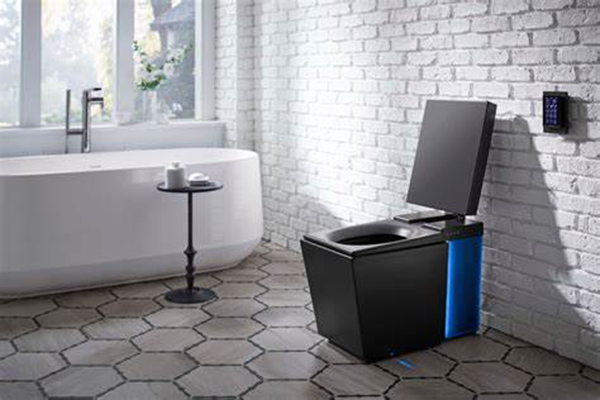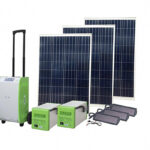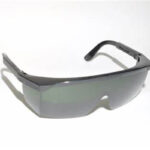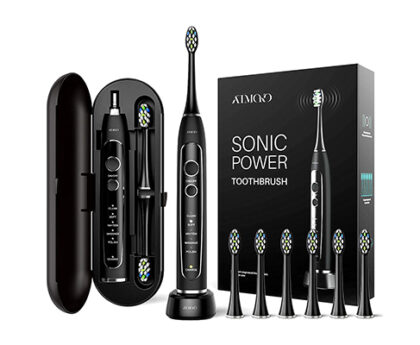Smart home products have become increasingly prevalent in recent years, accompanied by a growing demand for enhanced features, such as home security and environmental monitoring. The key to achieving these functionalities lies in integrating intelligent sensors into household appliances. Today, we delve into the realm of smart home appliances and explore the various cutting-edge sensors propelling the smart revolution.
Sensors in Smart Air Conditioning
The future of air conditioning lies in its intelligent and automated capabilities. Sensors like the HTU20D temperature and humidity sensor automatically detect environmental conditions. When temperature or humidity deviates from preset limits, the control panel activates temperature regulation or humidification/dehumidification functions. CoZIR-LP3 carbon dioxide sensors, TF-LP01 laser particle sensors, and TGS2600 air quality sensors monitor various indoor environmental factors, ensuring timely ventilation for improved air quality and healthier living space. Additionally, TGS2630 fluorine sensors are widely used in air conditioners and refrigeration equipment to detect leaks of refrigerants like R-404a, R-410a, R-32, and R-1234yf.
Sensors Enhancing Smart Refrigerators
HTU20D temperature and humidity sensors control the internal climate of smart refrigerators, keeping perishables fresher for longer. To combat odor buildup, TGS2603 air quality sensors detect harmful gases that contribute to foul smells, enabling an automatic deodorizing mechanism to keep the refrigerator smelling fresh.
Sensors Optimizing Smart Range Hoods
Smart range hoods leverage a variety of sensors to enhance safety and performance. TGS2619 gas sensors detect flammable gas leaks and trigger alarms when necessary. Methane and carbon monoxide (CH4/CO) sensors, like TGS3870, detect natural gas leaks and prevent carbon monoxide poisoning. VOC gas sensors (TGS2600) and laser particle sensors (TF-LP01) monitor kitchen air quality and particle concentration, adjusting ventilation to maintain a safer kitchen environment.
Sensors Revolutionizing Smart Toilets
Modern consumers seek technologically advanced bathroom appliances, including intelligent toilets equipped with seat heating, warm water cleansing, warm air drying, sterilization, and deodorization functions. AR-TS-300B turbidity sensors detect the cloudiness of toilet water and relay the data to control panels, enabling automatic flushing and cleaning. TGS2600 gas sensors monitor bathroom air quality and promptly activate the ventilation system when unpleasant odors are detected, ensuring a constantly fresh bathroom environment.
Sensors Enhancing Smart Water Heaters
Safety is paramount in water heaters, and advanced sensors are critical. TGS3870 methane and carbon monoxide sensors are vital for gas water heaters, detecting both natural gas leaks and harmful carbon monoxide to ensure user safety.
Conclusion
Integrating sensors into smart home appliances has revolutionized how we interact with household devices, providing enhanced safety, comfort, and efficiency. With a wide range of sensors available and the continuous development of new types, the potential for innovation in the smart home industry is boundless.
As technology evolves, we can expect to see even more sophisticated sensors emerging, catering to diverse applications and needs. The smart home revolution is just beginning, and these intelligent sensors are the driving force behind the transformation of traditional household appliances into dynamic, automated, and safe devices that enrich our daily lives.




